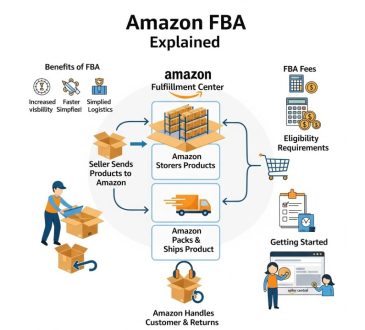
Gift cards are often dismissed as impersonal presents. The smart shopper recognizes him to save money if used deliberately. Through stacked discounts, loyalty rewards programs, and a promotional offer, using gift cards multiplies your purchasing power. Retailers sell discounted cards during sales events. Credit card rewards programs offer enhanced points for gift card purchases. Resale marketplaces provide cards below face value. Combining these opportunities with everyday spending creates substantial savings over time. Monitoring amexgiftcard/balance regularly, tracking remaining funds accurately, and preventing money waste from forgotten partial balances.
Coupon stacking works identically. Manufacturer coupons, store coupons, and gift cards all combine in single transactions at many retailers. A $5 manufacturer coupon, a $3 store coupon, plus payment via a discounted gift card, turn a $20 purchase into $10 out-of-pocket expense. Cash back apps and browser extensions add final layers. Activating offers before shopping, paying with gift cards, and receipts to rebate apps creates three separate discount sources on one purchase. These micro-savings accumulate substantially over time.
Resale market opportunities
Secondary gift card marketplaces sell unwanted cards below face value. Someone receives a restaurant gift card that they will never use. They sell it for 80 per cent of its value. Buyers gain a 20 per cent instant discount on future dining expenses. Reputable resale platforms verify card balances before sales are complete. This protects buyers from empty cards and fraud. Major marketplaces guarantee card values, refunding purchases if cards arrive with incorrect balances.
- Popular resale websites offer cards from hundreds of retailers at discounts ranging from 5 to 40 per cent below face value
- Seasonal patterns affect discount rates, with post-holiday periods bringing steeper discounts as people unload unwanted gifts
- High-demand retailers like Amazon maintain smaller discounts of around 2 to 5 per cent, while niche retailers offer deeper cuts
- Buying cards for planned purchases eliminates risk since buyers already intend to spend at those retailers anyway
- Balance checking immediately upon receiving cards prevents issues from sellers misrepresenting card values
Selling unwanted cards received as gifts generates cash. Rather than letting cards sit unused, converting them to money or exchanging them for preferred retailer cards maintains value. This flexibility prevents gift card waste.
Optimize rewards programs
Credit cards often offer bonus rewards categories. Buying gift cards with cards that earn extra points on supermarket purchases multiplies rewards. A card giving 3x points on groceries used to buy gift cards earns triple points, then the gift cards get used anywhere. Some credit cards provide elevated rewards specifically on gift card purchases. Maximizing these categories generates substantial point earnings. Those points convert to travel, cashback, and merchandise, creating additional value.
Shopping portal bonuses apply to gift card purchases at many retailers. Accessing stores through cashback portals before buying gift cards earns a percentage back. This stacks with credit card rewards, creating double or triple-dipping opportunities. Loyalty program stacking works similarly. Earning airline miles through shopping portals buying gift cards with rewards credit cards during retailer bonus promotions creates triple or quadruple rewards on one transaction. The gift cards then get used for intended purchases anyway. These tactics require minimal effort but deliver consistent results for disciplined shoppers.




